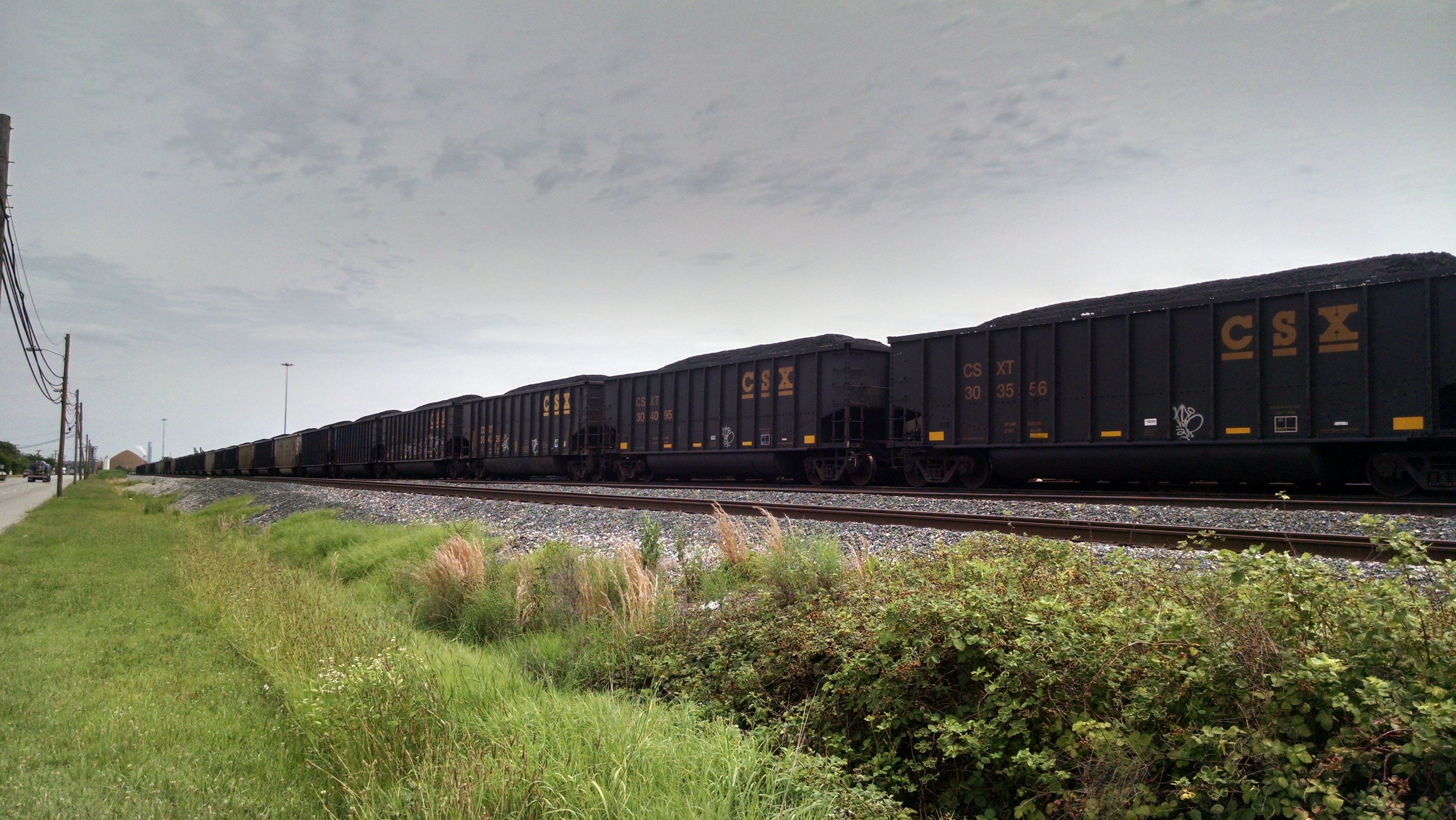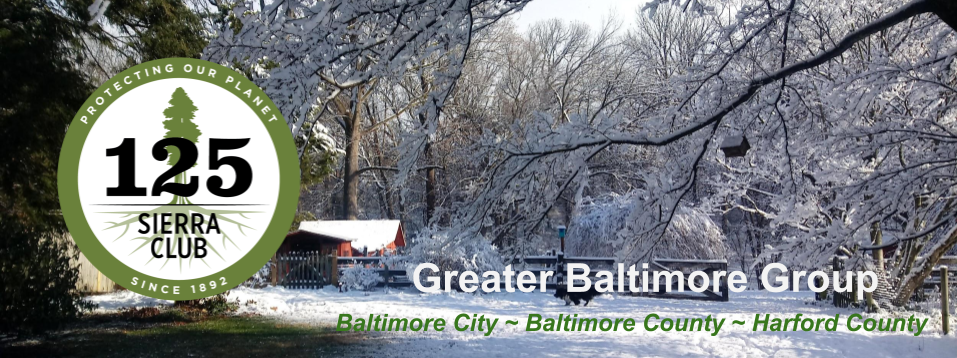
As one of the most respected environmental groups in the country, Sierra Club helps enact change from the top down (legislatively) and from the bottom up (through grassroots education/organization). Greater Baltimore Group (GBG) spans the coastal area from Hawkins Point up to Havre de Grace, then north to PA. We are most effective when members from Baltimore City, Baltimore County, and Harford County bring a diversity of experiences, skills and ideas to the table.
Attend Meetings
You are always welcome @ the Greater Baltimore Group Monthly Executive Committee Meetings
We also host occasional Socials @ various locations, and dig deeper into relevant topics -
these are the fun meetings, and you shouldn't miss a single one!
Greater Baltimore Group Executive Committee & Leadership
(GBG ExCom)
We're happy to hear from you
- Deborah ("Spice") Kleinmann, ExCom Chair and BICO Co-Lead -- Spicearoni@gmail.com
- Rob Frier, ExCom Vice Chair and Zero Waste Chair -- rob.frier@gmail.com
- Atara Bernstein, ExCom Secretary and Multimedia Lead
- Rich Norling, ExCom Member and Chapter Political Chair -- Rich.Norling@MDSierra.org
- Rich Reis, ExCom Member and Transportation Chair -- rich.reis1@gmail.com
- Marie LaPorte, ExCom Member and Natural Places Chair, Political Co-chair, & Membership Co-chair -- Marielaporte@verizon.com
- Paul Dongara, ExCom Member and Outings Co-chair
- Beth Jarrett, ExCom Member and Membership Co-chair
- Denise Davis, ExCom Member and Political Co-chair
- Lynn Davidson, Treasurer -- Lynn.Davidson@MDSierra.org
- Jack Wise, Outings Co-Lead -- HikingJack@netzero.net
- Suzanne Richardson, All arounder!!
- Liz Entwisle, BICO Chair (Baltimore Inspiring Connections Outdoors)
Outings (all ages - easy to difficult)
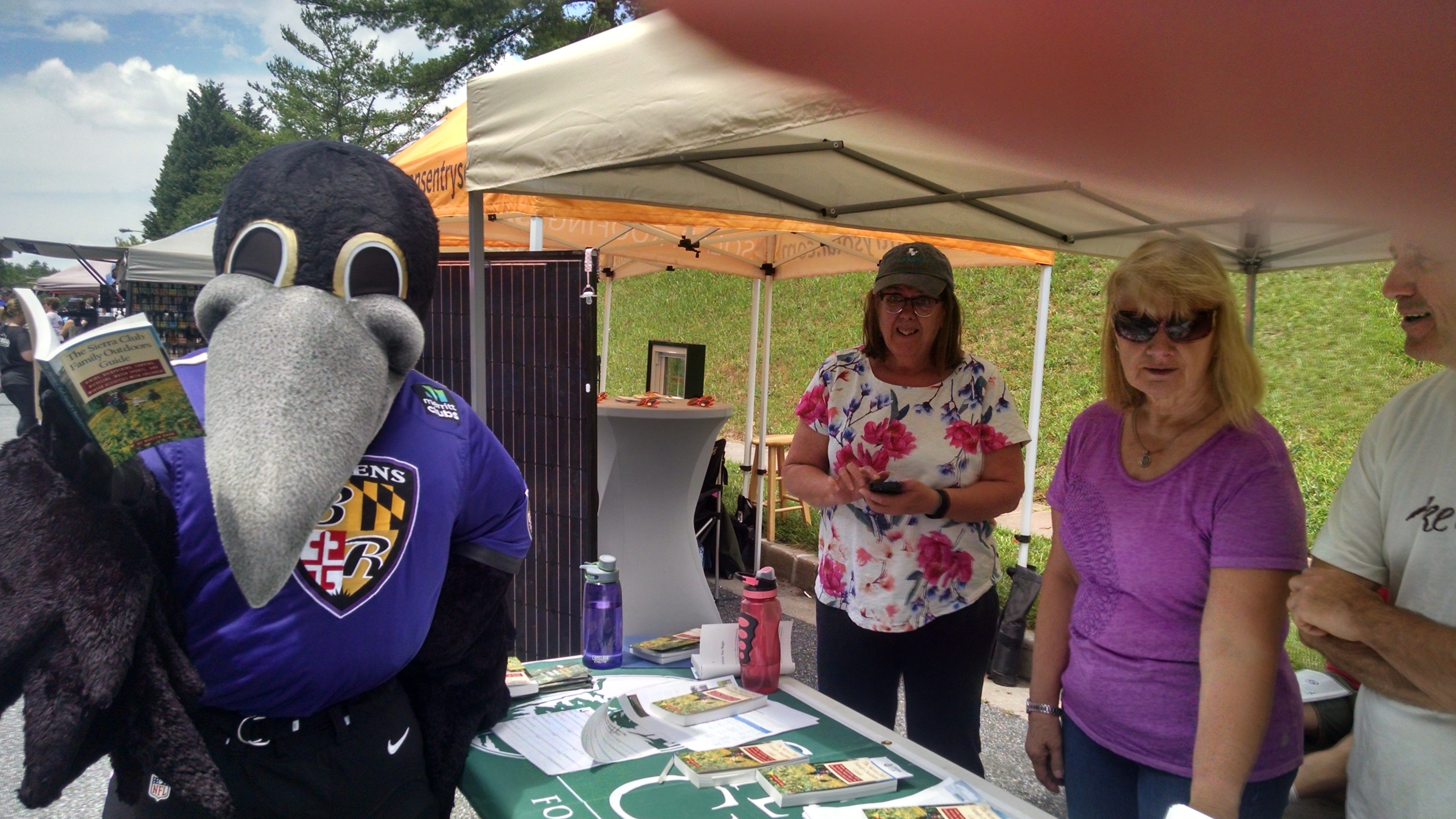 Humans may be the most "invasive species" on the planet, but to overcome the many environmental challenges facing us, we must acknowledge our place in the larger ecosystems that created us. As poets say, "In wilderness lies our salvation." Sierra Club began as an outings club and necessarily blossomed into a national movement to conserve wilderness. Visit this Chapter site for a schedule of upcoming outings in Maryland.
Humans may be the most "invasive species" on the planet, but to overcome the many environmental challenges facing us, we must acknowledge our place in the larger ecosystems that created us. As poets say, "In wilderness lies our salvation." Sierra Club began as an outings club and necessarily blossomed into a national movement to conserve wilderness. Visit this Chapter site for a schedule of upcoming outings in Maryland.
In 2016 the Ravens threw out artificial turf in favor of grass, mainly at the request of players. 2 reasons to NOT use turf: It's an investment in plastic/petroleum industries (polluting unto themselves) and non-biodegradable, so it pollutes at both ends (manufacture and disposal). Regardless, injuries are less common/severe on grass. Way to go Ravens!
Photo: Ravens mascot Poe holds a Sierra Club book of outings. I guess trails are better than turf.
Become an Outings Leader
More leaders are needed! Qualification is easy. Already qualified to lead outdoor adventures for children? Then you are also qualified for adults. If interested, contact GBG Hiking Chair and veteran leader Jack Wise: HikingJack@netzero.net (410-256-3963)
Trail use in fragile watershed areas of The Chesapeake Bay: http://www.pauleschoen.com/SierraClubBaltimore/Trails_Summit_Corddry.html
Get Outdoors
BICO (Baltimore Inspiring Connections Outdoors) was founded in 1999 to provide under-served Baltimore City youth with safe, educational, enjoyable outdoor experiences at NO COST. Go to www.sierraclub.org/maryland/baltimore-ico for a calendar of upcoming events (biking, camping, etc.)
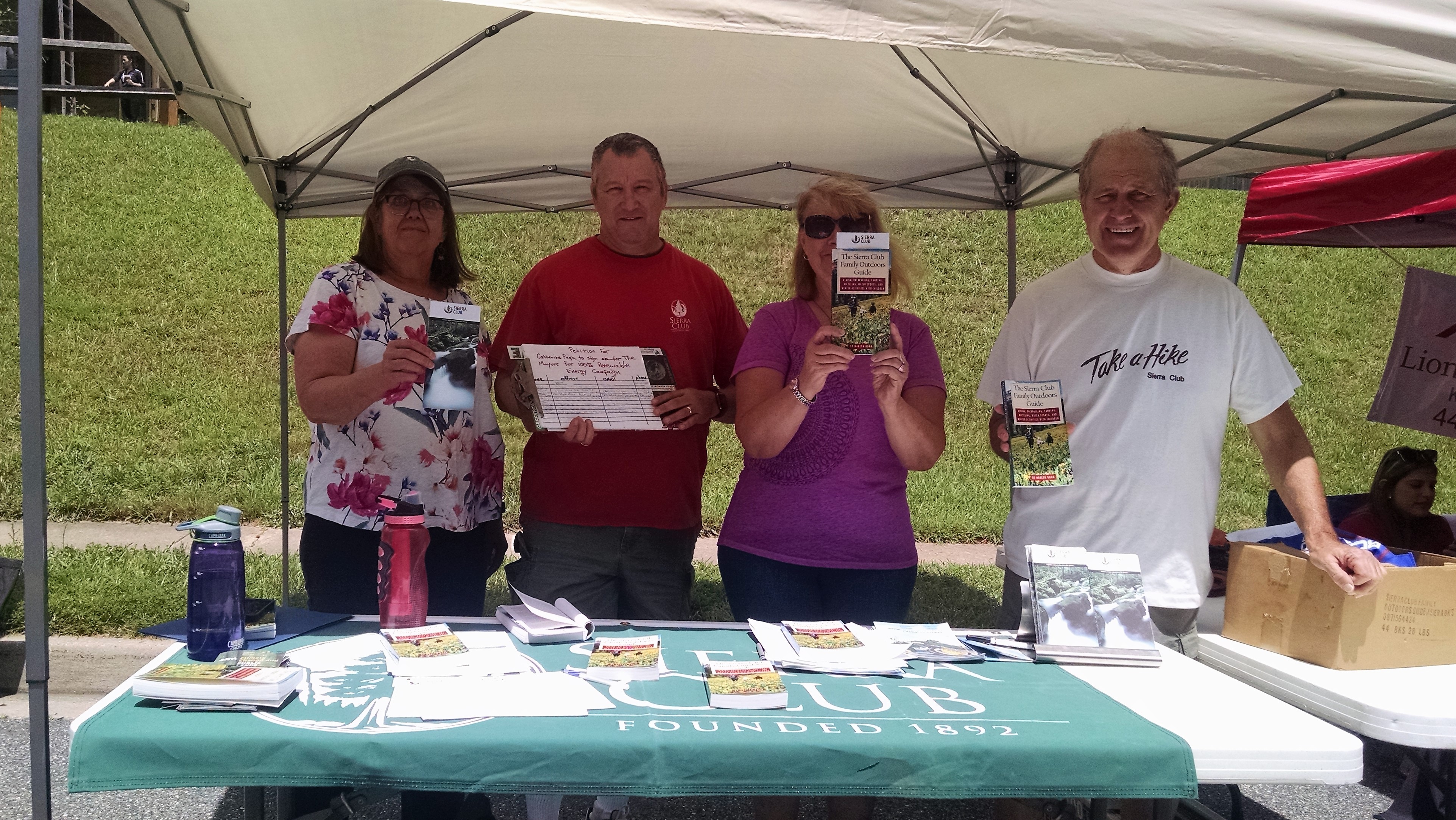
Offshore Wind Power is the Future
The MD Public Service Commission approved construction of a combination of projects by U.S. Wind and Skipjack Offshore Energy. As one of the largest wind farms yet on the east coast, it is anticipated to produce 368 MW for local grids. The construction/operation of turbines 15-20 miles off the coasts of Ocean City and Delaware is expected to bring nine to ten thousand jobs to Greater Baltimore (returning it to the industrial hub it once was). Renewable, clean energy is a great example of how environmental and economic sustainability ultimately march hand in hand. The price of wind power is plummeting and the cost of not using it becomes bigger by the day, partly due to the heavy pollution price we will pay for use of dirty energy.
Solar Power is Booming in MD
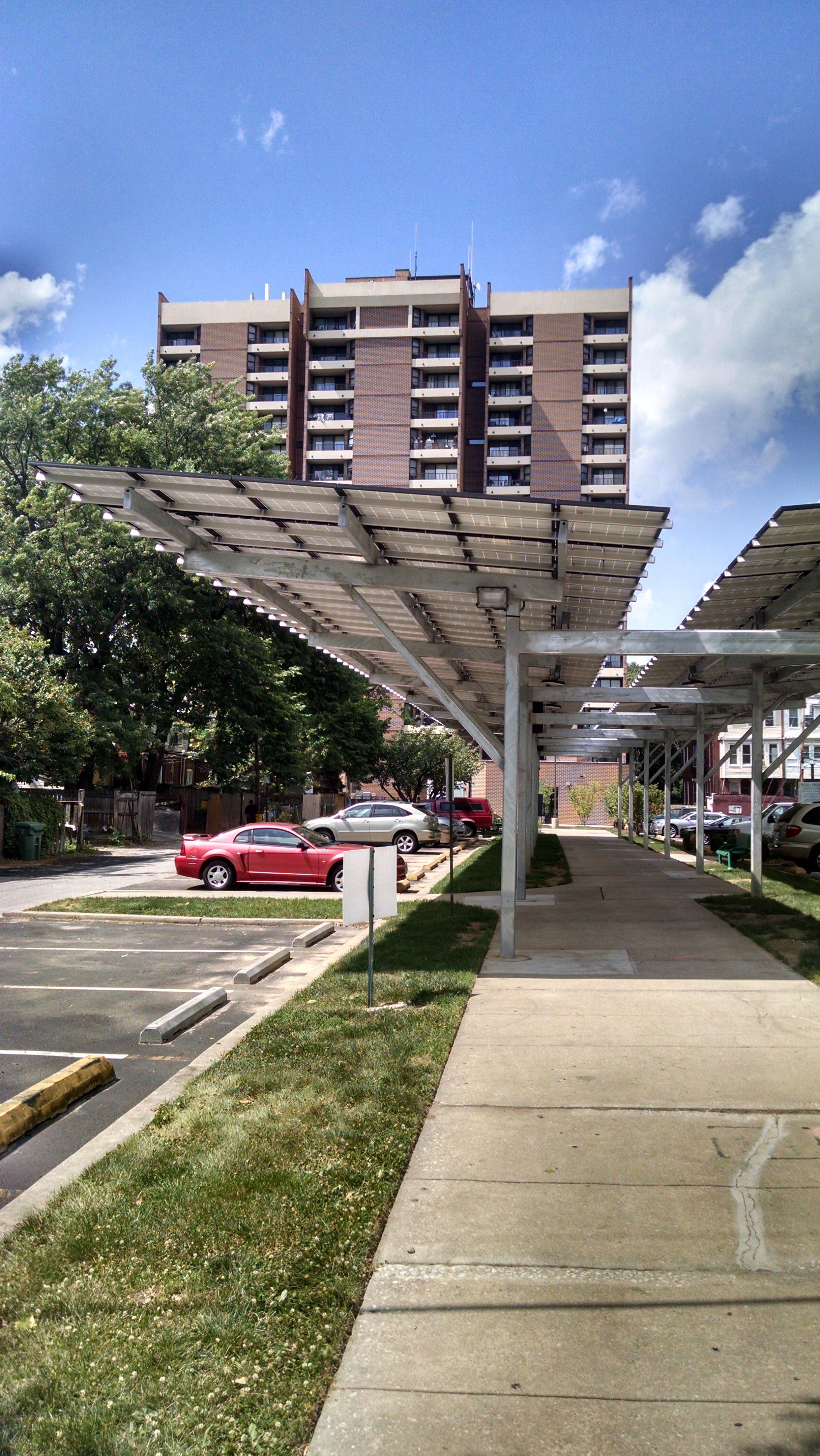 Photo: these panels in Charles Village are a start - there is much more parking lot pavement to be covered
Photo: these panels in Charles Village are a start - there is much more parking lot pavement to be covered
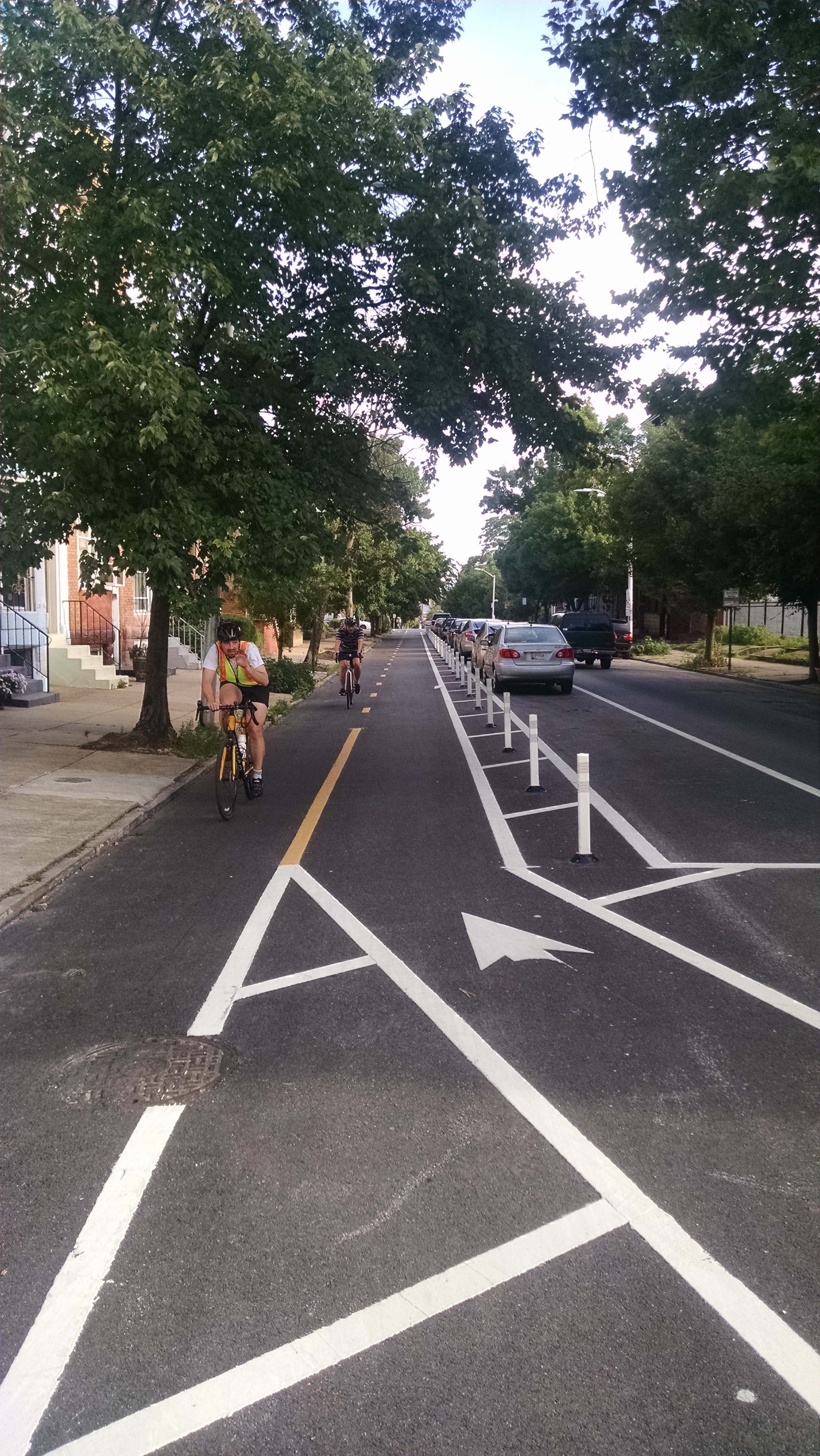 Park your car - cities are better with bikes
Park your car - cities are better with bikes
Baltimore's asthma rate is roughly twice the national average. Much of our air pollution blows in from coal-hungry states to the west, but that is no excuse for not doing what we can to mitigate global pollution. All air blows somewhere and what goes around comes around. One of the greatest contributors is vehicular traffic. Motorcycles, dumptrucks and cars (most with only one person) sit motionless at intersections, sucking gas, spewing smoke and noise. Don't drive to the gym to use the exercise bike - save time/money by riding your exercise bike to/from work! Commuting is more fun with a helmet.
Photo: 2-way bike lane on Maryland Ave connects Charles Village to The Bay. Parked cars and pylons isolate bikers from moving cars and open doors.
Incineration is NOT clean, NOT renewable
If there is fuel and exhaust the power source is not renewable. Decades ago incinerators were classified as "renewable" sources of electricity because garbage "renewed" itself. We know better, yet incineration still remains incorrectly listed in MD's energy portfolio. We must properly qualify incineration as filthy so that industries like Wheelabrator no longer collect subsidies for "clean" energy.
For many, incinerators serve as an excuse for not confronting the immediate need to RRR - reduce manufacture, reuse and recycle more; any industry that falsely claims an ability to magically convert "trash to energy" is partly responsible for over-consumption. Increases in resource recovery tend to not effect local incinerators since there will always be an excess of trash (incinerators often import). RRR is more likely to increase when incineration is eliminated, forcing people to deal with their trash in better ways.
Burning doesn't eliminate garbage, it makes it worse. Dioxins are among the most toxic compounds known and incinerators are their primary source. Greenhouse gases such as Nitrogen oxides create smog, visible in Baltimore and other cities. Sulfur dioxide is found in the dirtiest coal and incineration exhaust. Heavy metals such as mercury, lead, arsenic, etc. leach from toxic ash into streams, water tables, and poison ecosystems. That list goes on...
BRESCO (Wheelabrator) Incinerator must go
Baltimore City's incinerator (just off I-95 North) is one of the primary reasons that Baltimore continues to have among the highest rates of asthma and premature death due to air pollution. It's current contract with the city expires at the end of 2021 and we must make sure it is not renewed! It was built in 1985 and is now an antique in the world of incinerator technology, making it the worst of the worst:
MD Beyond Coal - there will be a visible sunrise
Checkout: content.sierraclub.org/coal/maryland
NASA satellite documents mountain top removal damage: http://earthobservatory.nasa.gov/Features/WorldOfChange/hobet.php?src=features-recent. Same site has dramatic, sobering documentation of what's happening to Arctic sea ice and the Amazon rain forest
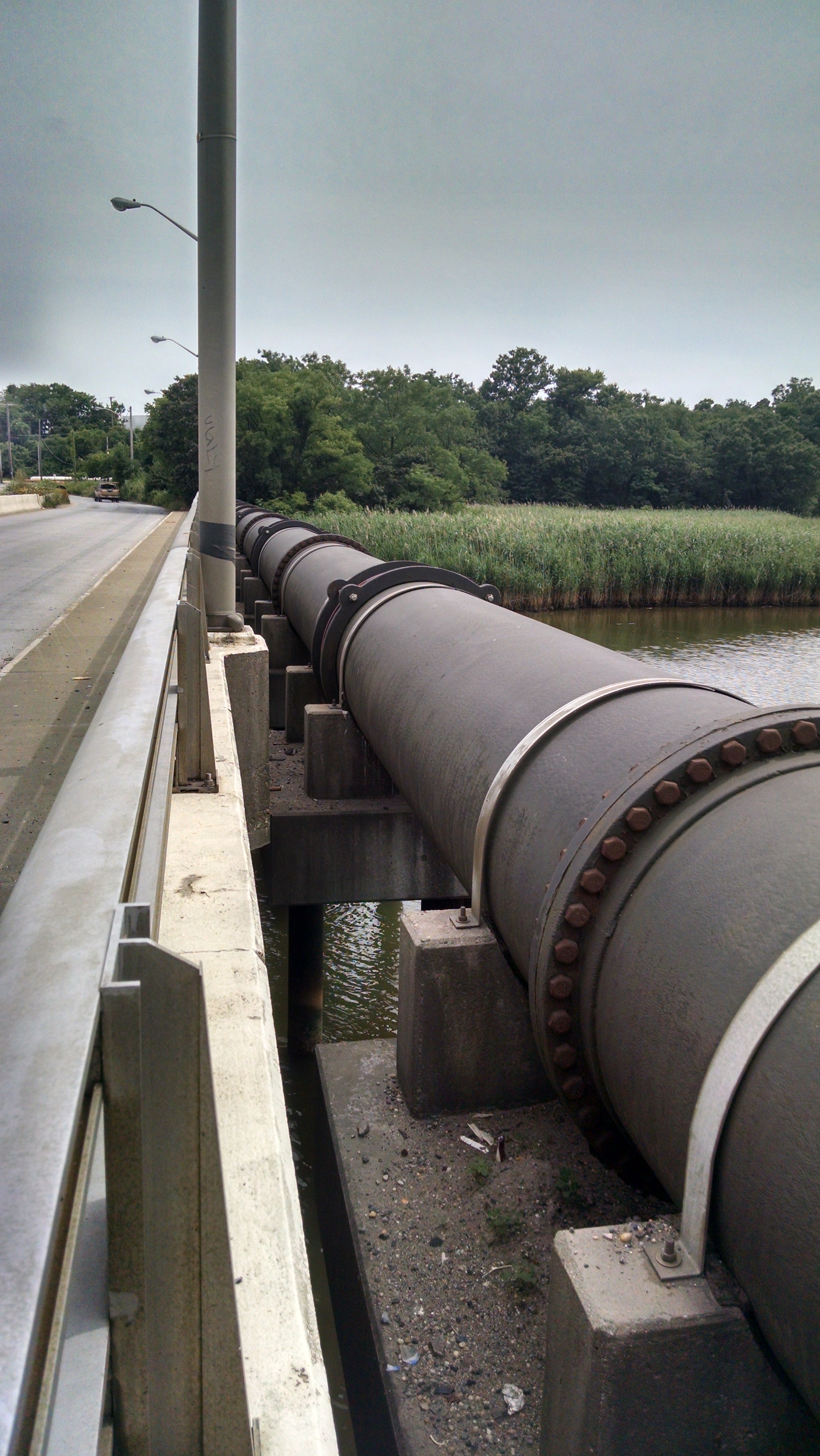 MD Beyond Gas
MD Beyond Gas
We have banned fracking but to what end? If we allow frackers in perimeter states to pump gas through (and export it from) MD, we put the state - the rivers above the pipelines (Potomac, etc.) and all surrounding properties - in danger of exposure to fracked gas. Fracking anywhere harms the planet. Under the circumstances, some politicians in Annapolis claiming "environmental reasons" for supporting the ban in MD now seem disingenuous. Tell your senators/delegates that the ban has only begun.
No fracking in MD = no fracked gas from anywhere = no pipelines
Discussions
Join National Sierra Club's LinkedIn group at http://www.linkedin.com/groups?gid=669627
Tom Horton, the Baltimore Sun's long-time environmental reporter and author of several books about the Chesapeake Bay, questions whether Smart Growth, whatever its potential, can restore health to a Bay with a growing population. Mr. Horton says the investment of 25 years and billions of dollars in Bay cleanup has been “a failure,” neither reducing important pollutants nor increasing marine life. Evidence links the failure to continued massive growth of the Bay population. Mr. Horton's paper "Growing! Growing! Gone! The Chesapeake Bay and the Myth of Endless Growth" (August 2008) is at the website of Baltimore’s Abell Foundation. Full version: http://www.abell.org/publications/detail.asp?ID=139. Condensed 7 page version: http://www.abell.org/publications/detail.asp?ID=140
Baltimore wants a sustainable future
Baltimore City Council unanimously approved a resolution to add Baltimore to the US Climate Alliance - a commitment to the Paris accords (that Trump rejected). The Council has resolved to push for 100% renewable energy by 2050, take steps toward abolishing food deserts, among many other things. Leaders on smaller scales (mayors, city council people, etc.) are often more reliable when carrying out political duties because they are held more accountable; there is a shorter turnaround.
RGGI (Regional Greenhouse Gas Initiative) is a pact among 9 northeastern states including MD that seeks to mitigate air pollution by maintaining a ceiling on power plant emissions. Ensuing fees are invested in efficency and renewable energy projects. The plan has been enormously successfull. Tell Kevin Hughes and Secretary Ben Grumbles (delegates from MD to the board) that MD must push for the strongest RGGI limits possible. Afterall, MD is the biggest polluter among these 9 states.
Employee Ownership - a real solution for MD and beyond
Employee-ownership is a proven strategy to build assets for workers, retain jobs in our neighborhoods, and provide a meaningful and financially rewarding exit for retiring business owners. Employee-owned enterprises perform better in terms of productivity and sales growth, and they also tend to be greener and more socially just than traditional businesses.
Maryland's US Senators, Ben Cardin and Chris Van Hollen, support employee-ownership, yet federal bills are all but ignored by congressional leadership and the White House even though they represent a real way to actually “make America great again.” In a nutshell, the 2010 Citizens United Supreme Court Decision gave corporations the rights of individuals. Employee-ownership is a way to return the rights held by corporations to individuals, our communities, and our children.
Lets make Maryland a leader on this important issue by turning businesses into forces for greater good. Join us in putting people and planet first, while supporting environmental, social, and economic justice. Please get involved with making employee-ownership a legislative priority in Annapolis in 2019.
EOC (Employee Ownership Coalition) operates independently of Sierra Club but shares many concerns and goals. Contact Nina Della Vecchia if you are interested in being involved: nina@esint.org
Red Maple Place, Towson
African American History, from Jim Crow to Black Lives Matter in East Towson
Mon 12/14/20 7:00 PM African American History, from Jim Crow to Black Lives Matter in in East Towson
Join us in learning about Historic East Towson from the perspective of Jim Crow to Black Lives Matter, with speakers Carol Allen (a historic preservationist, Executive Director of Historic Towson), and Nancy Goldring (President of the Northeast Towson Improvement Association).
This presentation has been organized to not only revolve around the black resident history but political events that had major consequences in East Towson.
East Towson is unique to Baltimore County as it became a thriving tight knit community located adjacent to Towson’s urban core. It’s founders were freed or manumented enslaved persons from the Hampton Plantation. Descendants of enslaved people from the Hampton Mansion can be found in the neighborhood today.
This presentation is intended to help explain why we oppose the location of the 56 unit building of affordable housing in East Towson. There is a building next-door to green space which could be built on which is for sale. This community has suffered enough from encroachment and flooding is a problem already. They would love to keep the little bit of green space left in their neighborhood. Building the Red Maple Place is not environmentally sound and is another act of environmental injustice towards this beloved community of East Towson!
Information and Resources
https://foxbaltimore.com/news/local/controversy-surrounds-affordable-housing-project-in-east-towson
https://www.towsoncommunities.org/tag/red-maple-place/

